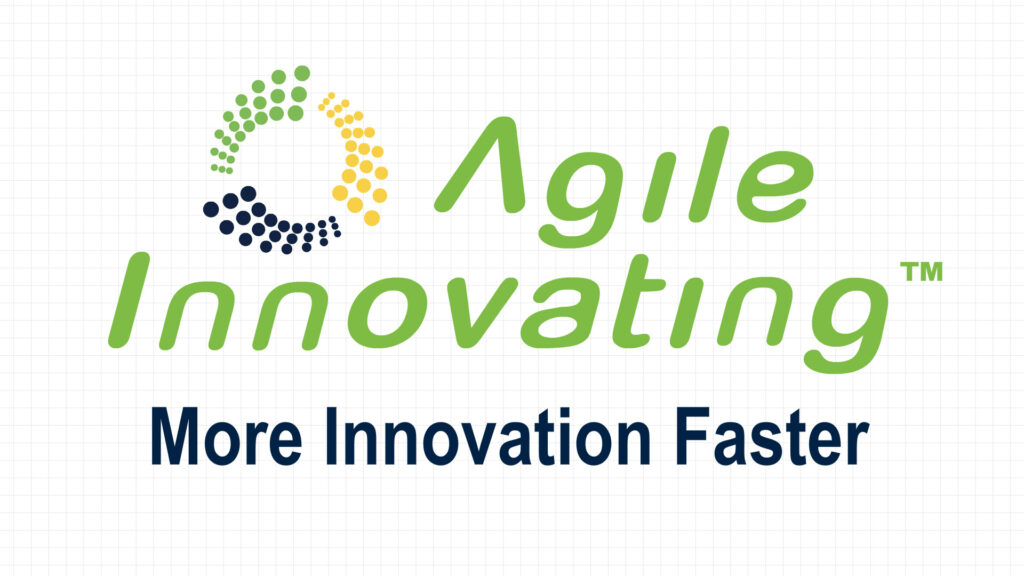
The Enginnova Project Rebrands as 𝘼𝙜𝙞𝙡𝙚 𝙄𝙣𝙣𝙤𝙫𝙖𝙩𝙞𝙣𝙜 ™
The Enginnova Project (TEP), a professional services provider offering a practice that increases the innovating hit rate, making innovation the norm rather than the exception, has rebranded as 𝘼𝙜𝙞𝙡𝙚 𝙄𝙣𝙣𝙤𝙫𝙖𝙩𝙞𝙣𝙜 ™.
“The Enginnova Project created a novel and pioneering approach to innovating that delivers more innovation faster. But as we worked with advisors and customers, we realized the TEP brand didn’t represent the systemic nature of our practice,” said Kevin A Fee, Principal Innovator for Agile Innovating. “Learning from our experience with the Industrial Engineering revolution of the 1990’s, which consolidated a fragmented range of techniques and methodologies into a business system called Lean Manufacturing, we created the Agile Innovating business system. Rebranding as 𝘼𝙜𝙞𝙡𝙚 𝙄𝙣𝙣𝙤𝙫𝙖𝙩𝙞𝙣𝙜 ™ is a natural change that communicates with greater synergy what we offer as we grow our business.”
“Our mission, “High hit rate innovating practices, delivering more innovation faster, making innovation the norm rather than the exception” remains unchanged,” said Kevin.
The Agile Innovating system, which combines a systemic innovating practice with an agile and resilient operating model, captures the success attributes identified in the Boston Consulting Group “Most Innovative Companies 2023” report. The BCG data reveals that the likelihood of innovation success is:
✔ 35% with companies that have an innovating business system
✔ 60% with companies that have an agile and resilient operating model
✔ 90% with companies that have both an innovating system and an agile and resilient operating model.
When this data is evaluated in the context of other business studies that indicate an innovation success rate of 20% with businesses that have neither an innovating business system nor agile operating model, the potential impact of the Agile Innovating system becomes clear; up to a 4.5 X increase in success rate (90% vs. 20%) compared to non-systemic, non-agile approaches to innovating.
The BCG data documents that this increase in innovating success rate translates to corresponding increases in Revenue and EBIT as well. Since Revenue and EBIT increases are the ultimate test of innovating effectiveness, the Agile Innovating system becomes foundational to increasing innovating success and effectiveness.
